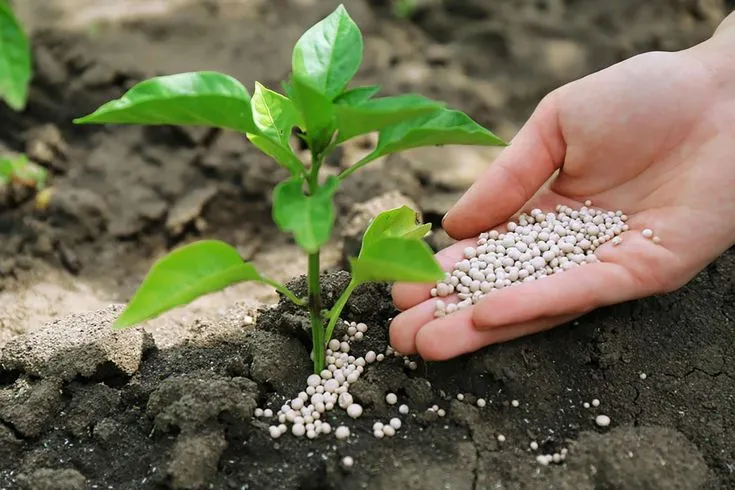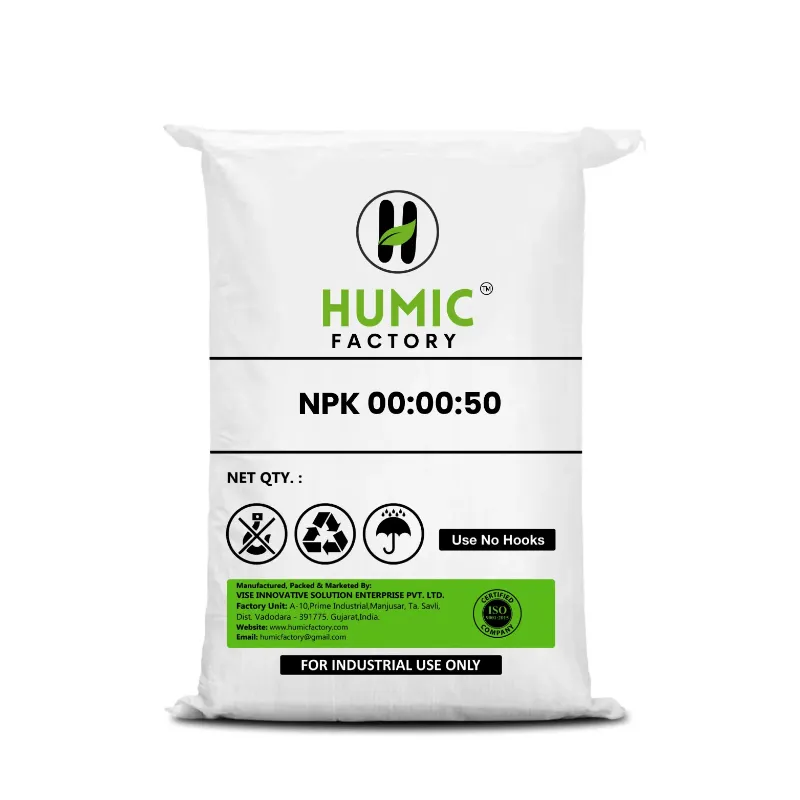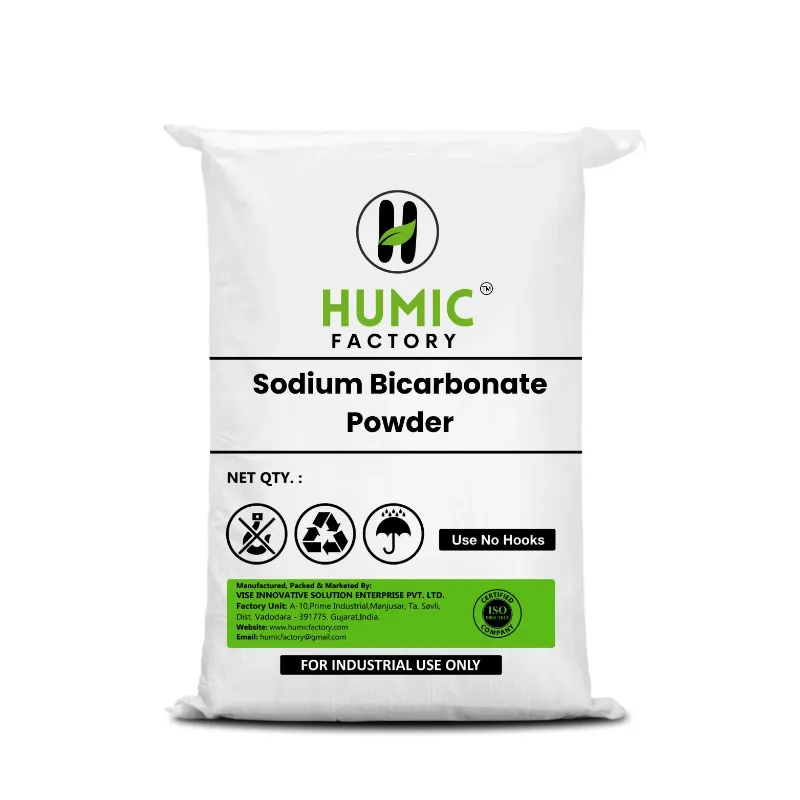Imagine this: a garden full of colorful flowers or a farm field filled with bountiful, healthy produce—all because of a secret fertilizer recipe that's rocket fuel for crops. That's NPK 0 52 34, a dynamo mix that's quietly revolutionizing the way we cultivate. Whether you're a gardener who wants explosive blooms or a farmer who wants tougher roots, NPK 0 52 34 could be your secret weapon. In this 1500+ word blog, we’ll unpack what it is, how it works, and why it’s a game-changer for plant lovers everywhere. Buckle up—this is going to be a blooming good read!
What Is NPK 0 52 34?
Let's dissect it. NPK 0 52 34 is a fertilizer with a particular ratio of nutrients: 0% nitrogen (N), 52% phosphorus (P), and 34% potassium (K). Those figures inform you precisely what you're giving your plants—or, in this instance, what you're not giving them. With no nitrogen, NPK 0 52 34 bypasses the leafy growth emphasis and goes straight to fueling roots, flowers, and fruits.Imagine NPK 0 52 34 as a master dessert chef for your plants. While other fertilizers provide a full-course meal, this one prepares a dessert of phosphorus and potassium—ideal when your plants require a kick below the soil or a floral finale above. It's usually marketed as a water-soluble powder, so it's simple to mix and apply.
Why Phosphorus and Potassium Matter in NPK 0 52 34
So why all the fuss about NPK 0 52 34? It's all about its superstars: phosphorus and potassium.Phosphorus (52%): This is the root whisperer. It feeds root growth, aids in storing energy for plants, and gets flowering and fruiting in high gear. With 52% phosphorus, NPK 0 52 34 brings a whopping amount to make those roots dig deep and blooms erupt.
Potassium (34%): The bodyguard of the plant, potassium fortifies cell walls, enhances disease resistance, and manages water use. With 34%, NPK 0 52 34 keeps plants resilient and well-hydrated, even stressed.
No nitrogen equals no crazy, leafy growth—just directed energy where it's needed. NPK 0 52 34 is a personal trainer for your plants, shaping them for beauty and strength.
When to Use NPK 0 52 34
Timing is of the essence with NPK 0 52 34. It's no all-around fertilizer—this one excels at certain times:
- Flowering Stage: Desire roses that stop traffic or tomatoes that'll break the vine? Use NPK 0 52 34 when flower buds form to induce explosive flowers and heavy fruit.
- Root Establishment: Young transplants or seedlings require solid roots in a hurry. NPK 0 52 34 provides them with the kick they need.
- Stress Recovery: Following drought, frost, or severe pruning, NPK 0 52 34 restores roots and resistance.
Envision a fruit tree following a severe winter. A spring dose of NPK 0 52 34 might be the difference between a poor season and a bountiful harvest. It's precision feeding at its finest.
How NPK 0 52 34 Sparks Explosive Blooms
Let's discuss flowers—since NPK 0 52 34 is a flower factory. Phosphorus is the key that converts buds into blooms. With 52% of it, this fertilizer inundates plants with the fuel to create larger, more vibrant flowers. Potassium then takes over, ensuring those flowers remain healthy and long-lasting by enhancing water movement and nutrient transport.One gardener I know swore by NPK 0 52 34 for her marigolds. One treatment and her garden was transformed from "meh" to "wow"—flowers so vibrant they seemed painted on. Research indicates phosphorus-rich mixes such as NPK 0 52 34 will boost flower size up to 20%. That's not growth—that's a flower explosion!
Building Roots with NPK 0 52 34
Roots are the quiet heroes of plants, and NPK 0 52 34 treats them like VIPs. Phosphorus stimulates root development, enabling plants to dig deep into the earth. Healthy roots equate to greater nutrient intake, stability, and a hardier plant overall. Potassium brings added hardness, rendering roots resistant to rot or stress.Imagine a seedling pepper in sandy ground. A dusting of NPK 0 52 34 at planting time might transform its shallow roots into a spreading system, ready to hold a big harvest. Farmers prefer it on potatoes, where root strength corresponds to yield size.
How to Apply NPK 0 52 34
Using NPK 0 52 34 is a breeze, but a little know-how goes a long way. Here’s the scoop:Foliar Spray: Mix 1–2 teaspoons per gallon of water and spray leaves for a quick boost. It’s perfect for flowering plants needing instant phosphorus.
Soil Drench: Dissolve the same amount in water and pour it around the plant base to target roots.
Frequency: Apply every 2–4 weeks during key growth stages—don’t overdo it, as too much can throw off soil balance.
Start small and watch your plants. NPK 0 52 34 dissolves fast, so you’ll see results in days—greener leaves, perkier blooms, and happier roots.
Why’s NPK 0 52 34 a must-have? Check out these perks:
Targeted Nutrition: It provides plants with precisely what they require for roots and flowers—no unnecessary effort.Water-Soluble: Simple to mix and apply, even for newbies.
Versatile: Suitable for flowers, fruits, vegetables, and even grass.
Cost-Effective: A little goes a long way, saving you money in the long run.
Whether you're cultivating a backyard paradise or acres of produce, NPK 0 52 34 gives you bang for your buck.
NPK 0 52 34 vs. Other Fertilizers
How does NPK 0 52 34 differ from, for example, a 10-10-10 mix? Balanced fertilizers such as 10-10-10 are excellent all-rounders, stimulating leaves, roots, and flowers equally. But NPK 0 52 34 is a specialist—zero nitrogen keeps the emphasis away from foliage and on flowers and roots. It's like selecting a scalpel instead of a Swiss Army knife when precision is required.Compared to organic alternatives such as compost, NPK 0 52 34 works more quickly but misses the slow-release soil-building action. Blending it with organics might be the best combination.
Possible Limitations of NPK 0 52 34
It's not rainbows and unicorns with NPK 0 52 34. Excess can overburden soil with phosphorus, harming microbe populations or creating an imbalance of nutrients. Without nitrogen, it's not the best for leafy greens such as spinach. And phosphorus may become unavailable in high-pH soils, diminishing its oomph.The solution? Test your soil beforehand and apply NPK 0 52 34 as part of a broad scheme. It's a lead performer, not the entire ensemble.
Tips for Getting the Most Out of NPK 0 52 34
Want the best out of NPK 0 52 34? Try these:
- Soil Test: Test pH and nutrient levels to prevent overdoing it.
- Combine Wisely: Apply it with nitrogen-rich fertilizers in the early season, then switch to NPK 0 52 34 during bloom.
- Water Well: Make sure plants are well watered so nutrients absorb.
- A little planning makes NPK 0 52 34 a blooming, rooting dynamo.
The Future of NPK 0 52 34
With gardening and farming moving toward efficiency, NPK 0 52 34 is here to stay. Its precision method is just right for an era where water is in short supply and every yield counts. Researchers are even fine-tuning formulas to make it more sustainable—lower environmental footprint with the same oomph.NPK 0 52 34 is not merely fertilizer—it's the secret to explosive flowers and iron-clad roots. Its phosphorus-rich, potassium-filled punch is a shortcut to show-stopping gardens and bountiful crops. Simple to apply, potent to effect, and designed for outcome, NPK 0 52 34 shows you don't have to be complicated to grow greatness.
At Humic Factory (humicfactory.com), we're committed to naturally supercharging your plants. Combine NPK 0 52 34 with our soil boosters for a one-two punch that will make your garden or farm the envy of everyone. Come check us out to learn how we can supercharge your plants to grow smarter and stronger!
FAQs





